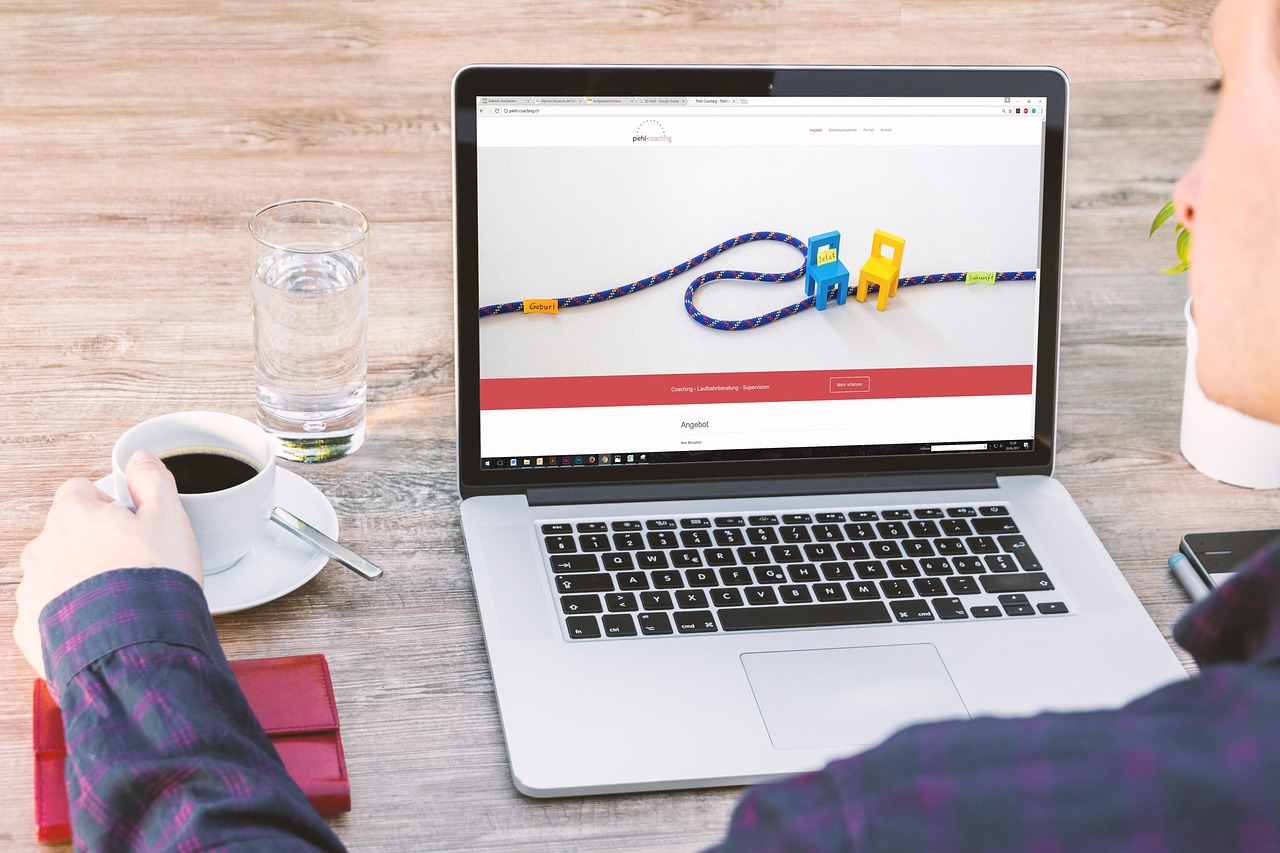In today’s fast-paced world, feeling overwhelmed by the sheer volume of tasks, deadlines, and information is commonplace. Achieving true digital productivity isn’t just about doing more; it’s about working smarter, more efficiently, and with greater focus. This article will delve into practical strategies and tools you can use to optimize your digital workflows, reclaim your time, and ultimately boost your overall productivity.
Understanding Digital Productivity
What is Digital Productivity?
Digital productivity refers to the ability to effectively utilize digital tools, technologies, and strategies to accomplish tasks, manage time, and achieve goals in a digital environment. It’s about maximizing output while minimizing wasted effort and distractions. It involves more than simply being busy; it’s about achieving meaningful results.
For more details, visit Wikipedia.
Why is it Important?
Boosting your digital productivity offers a plethora of benefits:
- Increased Efficiency: Get more done in less time.
- Reduced Stress: Feeling in control of your tasks and workload.
- Improved Focus: Minimizing distractions and staying on track.
- Better Work-Life Balance: Creating boundaries and protecting personal time.
- Enhanced Creativity: Having the mental space to generate new ideas.
- Greater Job Satisfaction: Experiencing a sense of accomplishment and progress.
The Common Pitfalls of Low Digital Productivity
Many factors contribute to poor digital productivity. Recognizing them is the first step towards improvement. Some common culprits include:
- Multitasking: Research consistently shows that multitasking reduces efficiency and increases errors.
- Information Overload: Being bombarded with notifications, emails, and updates.
- Lack of Organization: Disorganized files, notes, and task lists leading to wasted time searching for information.
- Procrastination: Delaying tasks and succumbing to distractions.
- Poor Time Management: Failing to prioritize tasks and allocate time effectively.
- Unclear Goals: Lacking a clear understanding of what needs to be accomplished.
Mastering Time Management Techniques
The Pomodoro Technique
The Pomodoro Technique is a time management method that involves working in focused 25-minute intervals (called “Pomodoros”), separated by short 5-minute breaks. After four Pomodoros, take a longer 20-30 minute break.
- Example:
1. Choose a task to focus on.
- Benefit: This technique helps maintain focus and prevent burnout.
Time Blocking
Time blocking involves scheduling specific blocks of time for specific tasks. Treat these blocks like appointments and protect them fiercely.
- Example:
- 9:00 AM – 11:00 AM: Write blog post draft
- 11:00 AM – 12:00 PM: Respond to emails
- 1:00 PM – 3:00 PM: Project meeting
- Benefit: This provides structure and ensures that important tasks receive the attention they deserve.
The Eisenhower Matrix (Urgent/Important)
The Eisenhower Matrix categorizes tasks into four quadrants based on their urgency and importance:
- Benefit: This helps prioritize tasks and focus on what truly matters. For example, responding to an immediate client crisis falls into the Urgent and Important category, while scrolling through social media likely falls into the Neither Urgent nor Important category.
Leveraging Productivity Tools
Task Management Applications
Task management apps help you organize, prioritize, and track your tasks. Some popular options include:
- Asana: A robust project management tool with features for team collaboration, task assignment, and progress tracking.
- Trello: A visual task management tool using a Kanban board system.
- Todoist: A simple and intuitive task management app with features for setting deadlines, recurring tasks, and priority levels.
- Microsoft To Do: A free and user-friendly task management app integrated with Microsoft Office.
- Practical Tip: Choose a tool that aligns with your workflow and needs. Experiment with different options to find the best fit. Regularly review and update your task lists.
Note-Taking Apps
Note-taking apps help you capture ideas, organize information, and stay on top of your projects.
- Evernote: A versatile note-taking app with features for organizing notes, clipping web articles, and collaborating with others.
- OneNote: A free note-taking app integrated with Microsoft Office, offering features for creating notebooks, sections, and pages.
- Notion: A powerful all-in-one workspace that combines note-taking, task management, and database features.
- Practical Tip: Develop a consistent note-taking system. Use tags, folders, or notebooks to organize your notes effectively.
Focus and Distraction-Blocking Apps
These apps help you minimize distractions and stay focused on your work.
- Freedom: Blocks distracting websites and apps across all your devices.
- Forest: A gamified app that helps you stay focused by planting a virtual tree that grows while you work but dies if you leave the app.
- Focus@Will: Provides scientifically-backed music designed to enhance focus and productivity.
- Practical Tip: Identify your biggest distractions and use these apps to block them during your work hours.
Optimizing Your Digital Workspace
Email Management
Email can be a major time sink. Implement these strategies to manage your inbox effectively:
- Unsubscribe from Unnecessary Emails: Reduce the number of emails you receive by unsubscribing from newsletters and promotional emails that you don’t read.
- Use Filters and Labels: Create filters and labels to automatically sort incoming emails.
- Schedule Email Check-in Times: Avoid constantly checking your email throughout the day. Instead, schedule specific times to process your inbox.
- Use Email Templates: Create templates for frequently used responses to save time.
- Example: Designate 30 minutes in the morning and 30 minutes in the afternoon to address emails.
File Management
A well-organized file system is crucial for efficient workflow.
- Create a Consistent Folder Structure: Develop a clear and logical folder structure for organizing your files.
- Use Descriptive File Names: Use file names that clearly describe the content of the file.
- Regularly Back Up Your Files: Protect your data by regularly backing up your files to an external hard drive or cloud storage.
- Utilize Cloud Storage: Use cloud storage services like Google Drive, Dropbox, or OneDrive to access your files from anywhere and collaborate with others.
- Example: For project files, create a folder for each project, then subfolders for different types of files (e.g., “Documents,” “Images,” “Presentations”).
Streamlining Communication
Efficient communication is essential for collaboration and productivity.
- Use Communication Tools Effectively: Choose the right communication tool for the task at hand (e.g., email for formal communication, instant messaging for quick questions).
- Set Clear Communication Guidelines: Establish clear guidelines for communication within your team or organization.
- Minimize Meetings: Only schedule meetings when necessary. Prepare an agenda and stick to it.
- Utilize Collaboration Tools: Leverage collaboration tools like Google Workspace, Microsoft Teams, or Slack to facilitate teamwork and communication.
- Example: Use Slack channels for project-specific discussions and quick updates.
Prioritizing Well-being
Taking Regular Breaks
Stepping away from your computer can improve focus and prevent burnout.
- Take Short Breaks Every Hour: Get up and move around, stretch, or do something relaxing.
- Step Away from Your Screen During Lunch: Avoid eating lunch at your desk.
- Practice Mindfulness: Take a few minutes each day to practice mindfulness or meditation.
- Benefit: Even short breaks can significantly improve your energy levels and focus.
Maintaining a Healthy Lifestyle
Physical and mental well-being are essential for productivity.
- Get Enough Sleep: Aim for 7-8 hours of sleep per night.
- Eat a Healthy Diet: Fuel your body with nutritious foods.
- Exercise Regularly: Exercise has been proven to boost cognitive function and reduce stress.
- Set Boundaries: Establish clear boundaries between work and personal life.
- Example:* End your workday at a specific time and disconnect from work-related devices.
Conclusion
Boosting digital productivity is an ongoing process of experimentation and refinement. By understanding the principles of time management, leveraging the right tools, optimizing your digital workspace, and prioritizing well-being, you can significantly enhance your efficiency, reduce stress, and achieve your goals. The key is to identify the strategies that work best for you and consistently implement them in your daily routine. Embrace these practices, and you’ll be well on your way to mastering digital productivity and reclaiming your time.
Read our previous article: Ransomware: Beyond The Headlines, Securing The Operational Core




